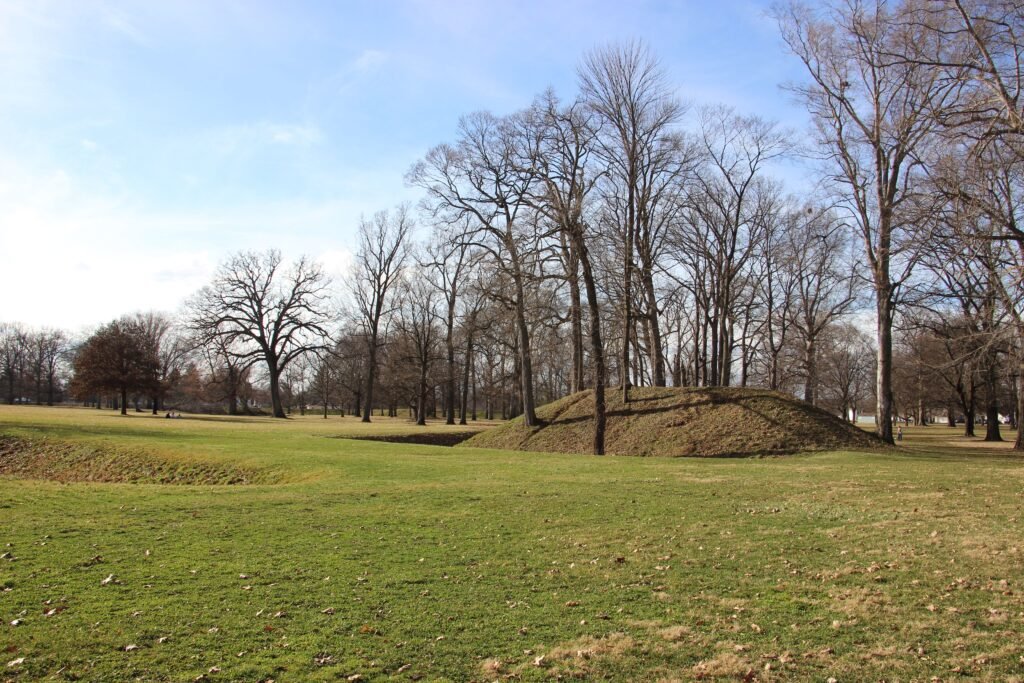Imagine standing in a field in central Ohio, where gentle mounds rise from the earth in perfect geometric patterns. The air is thick with mystery, as if the past is whispering secrets to anyone willing to listen. These are the Newark Earthworks—astonishing monuments built over 2,000 years ago by a people whose understanding of the world was far ahead of their time. What inspired these ancient builders? How did they achieve such mathematical precision without modern tools? The story of the Newark Earthworks is not just about dirt and stone; it’s about human curiosity, cosmic cycles, and the enduring quest to understand our place in the universe.
A Lost Civilization’s Masterpiece

The Newark Earthworks were crafted by the Hopewell culture between 100 BCE and 400 CE. These Native Americans left behind no written records, but their earthworks speak volumes about their ingenuity and vision. Spanning more than four square miles, the Newark complex is one of the largest sets of geometric earthen enclosures in the world. Its vastness alone is breathtaking, but the true marvel lies in the intricate shapes—circles, octagons, and perfect lines—that seem to defy the limitations of ancient technology. It’s like finding a gigantic blueprint drawn with astonishing care, hinting at a civilization that valued science, spirituality, and community.
The Geometry of Mystery
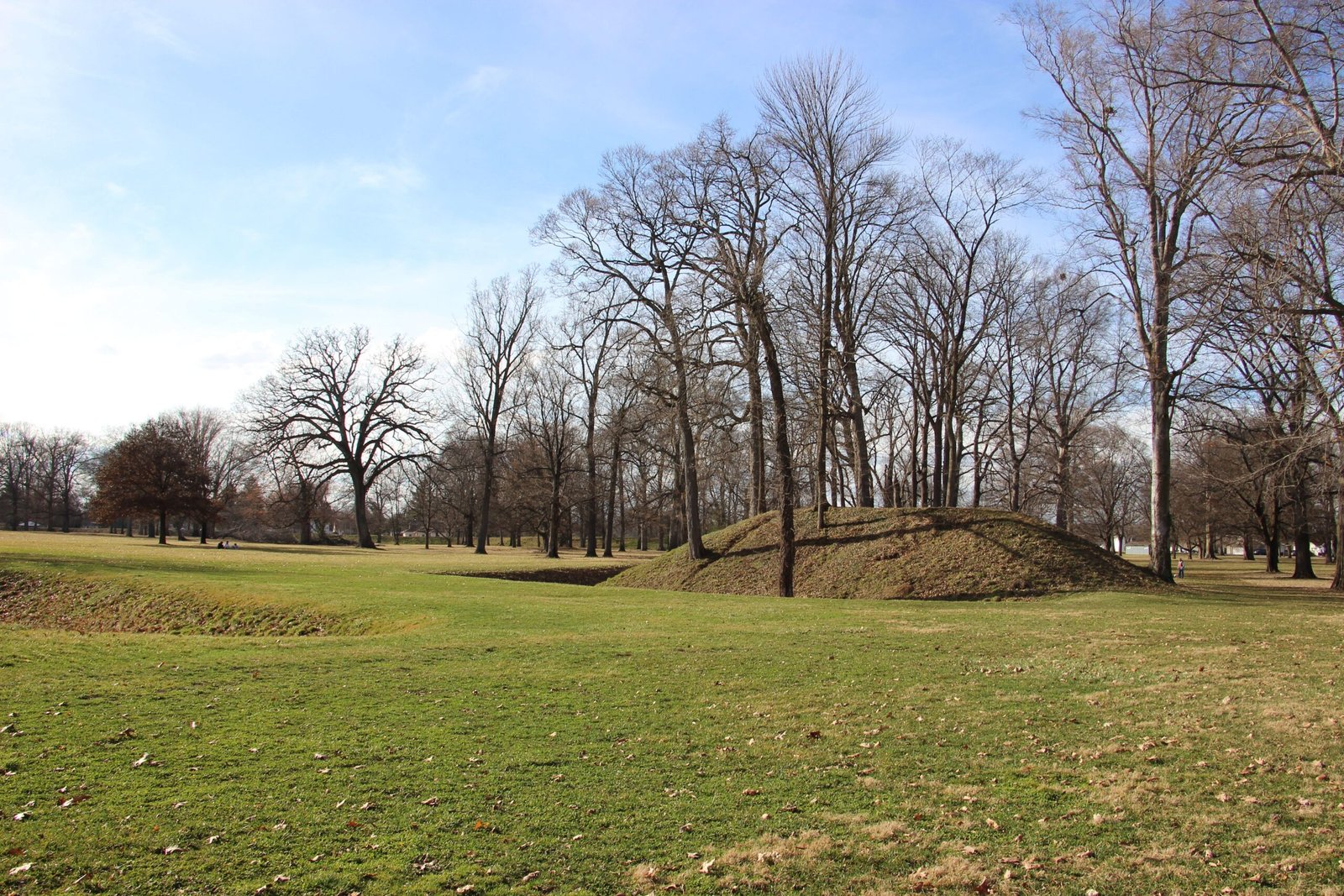
Walking through the Newark Earthworks feels like stepping inside a massive outdoor observatory. The precision is uncanny: the Octagon Earthwork, for instance, forms an almost perfect eight-sided figure connected to a large circle. Each side measures about 550 feet, and the angles are so exact that they rival modern engineering. For centuries, scholars have puzzled over how the Hopewell people achieved such geometric mastery. They likely used simple tools—stakes, cords, and sightlines—guided by a deep understanding of mathematics and spatial awareness. It’s a reminder that genius can flourish without metal or machines, relying instead on creativity and determination.
Astronomical Alignments Unveiled

Perhaps the most stunning achievement of the Newark Earthworks is their alignment with celestial events. In the Octagon Earthwork, the main axis points precisely to the northernmost moonrise, a rare event that only happens every 18.6 years—a cycle known as the lunar standstill. Imagine ancient astronomers tracking the slow dance of the moon, marking its highest and lowest points over decades. This knowledge wasn’t just for show; it likely guided rituals, agricultural planning, and the social calendar. The earthworks become more than monuments—they’re living calendars, connecting earth to sky.
The Purpose Beyond the Practical
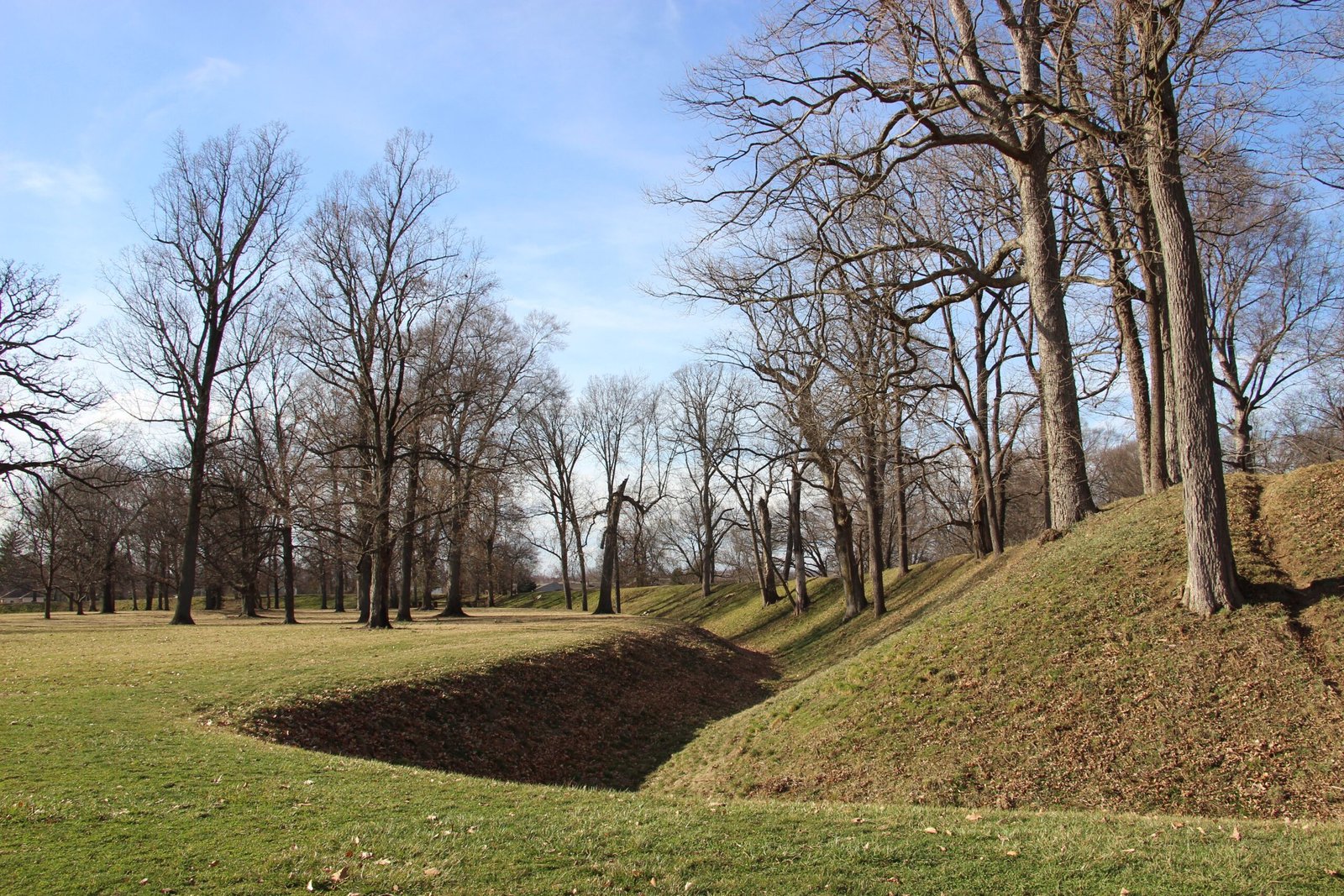
While the Newark Earthworks reveal advanced scientific knowledge, they also pulse with spiritual energy. Archaeologists believe these spaces were used for ceremonies, gatherings, and honoring the ancestors. The gigantic scale suggests that thousands of people might have come together for special events, creating a sense of awe and unity. The alignment with celestial cycles hints at a belief in cosmic harmony—a worldview where human life was intimately linked to the rhythms of the universe. The earthworks weren’t just practical—they were profound statements about belonging and wonder.
Engineering with Earth and Vision

Building the Newark Earthworks was a colossal feat. Without metal tools or beasts of burden, workers moved tons of soil using baskets and hands. The sheer size—ditches up to 14 feet deep and embankments more than 8 feet high—required careful organization and collaboration. It’s a testament to hope and perseverance: whole communities must have worked together, driven by a shared vision. The precision was no accident; surveyors and engineers would have coordinated every step, ensuring that each curve and angle matched their grand design. This communal effort is as awe-inspiring as the monuments themselves.
Rediscovering Forgotten Genius
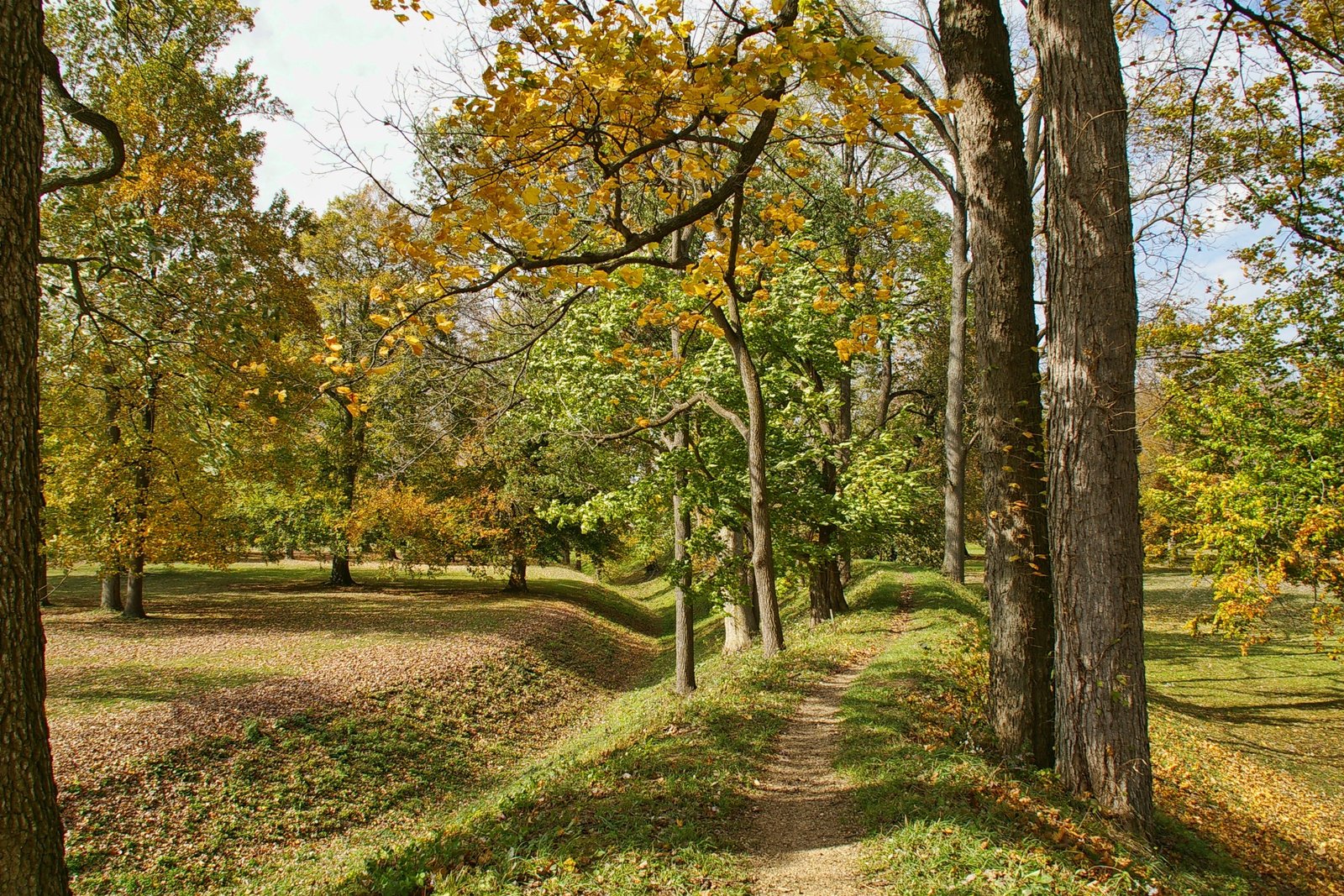
For centuries, the Newark Earthworks were misunderstood and even dismissed. Early European settlers could scarcely believe that Native Americans had built such complex structures, leading to wild theories about lost tribes or ancient visitors. Recent research has shattered these misconceptions, revealing the Hopewell as master engineers and astronomers. Modern surveys, aerial photography, and even computer modeling have helped uncover hidden patterns and connections. Each new discovery is a tribute to the resilience of indigenous knowledge, too often ignored or forgotten.
Nature and the Sacred Landscape
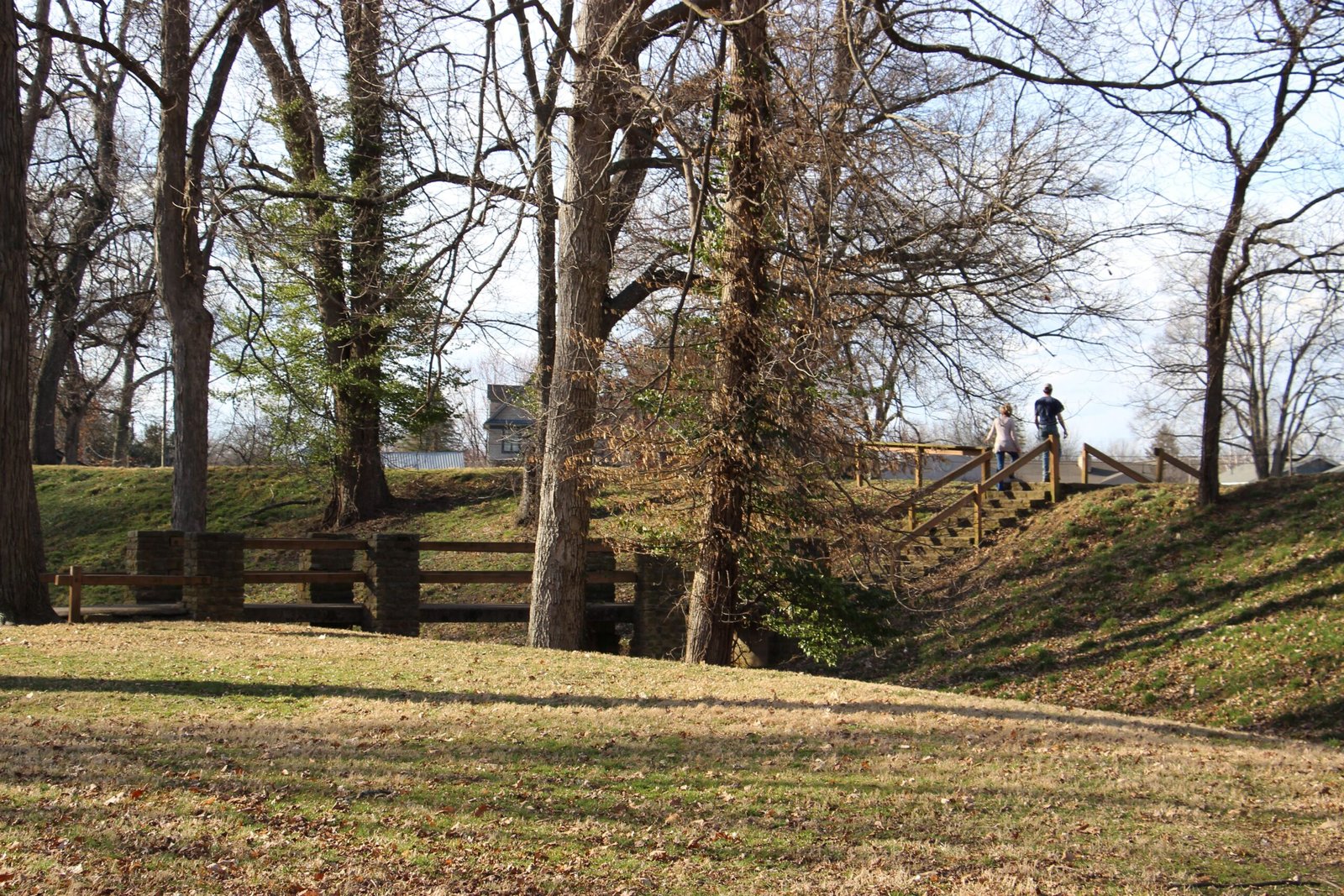
The Newark Earthworks are not just isolated mounds; they are woven into the natural landscape. The builders chose sites near rivers and wetlands, places rich with wildlife and resources. The shapes of the earthworks often echo the curves of nearby hills or the flow of water, blending human creativity with the rhythms of the land. This harmony with nature speaks to a worldview where every element—sky, earth, water, and spirit—was interconnected. Walking these grounds, one can still feel the sacredness, as if the earth itself remembers the ceremonies once held there.
Modern Recognition and Preservation
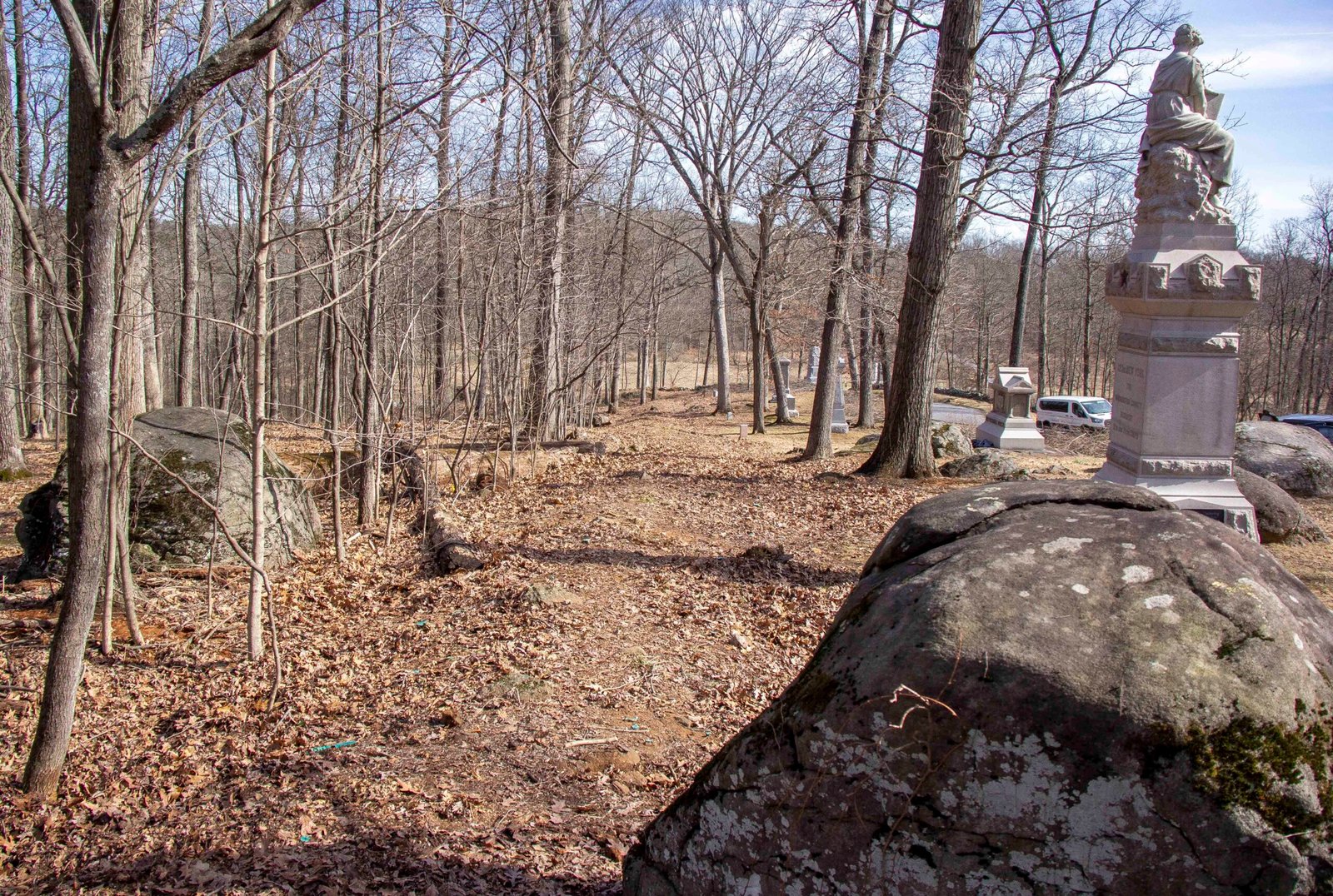
Today, the Newark Earthworks are celebrated as a National Historic Landmark and were inscribed as a UNESCO World Heritage site in 2023. This recognition brings pride, but also responsibility. The earthworks are delicate, threatened by development and erosion. Local communities, Native American groups, and historians are working together to protect and interpret these sites. Preservation is more than maintaining walls of earth; it’s about honoring the knowledge and culture of those who came before. Public tours, educational programs, and scientific research are helping to share the story with new generations.
Inspiration for Today’s Stargazers
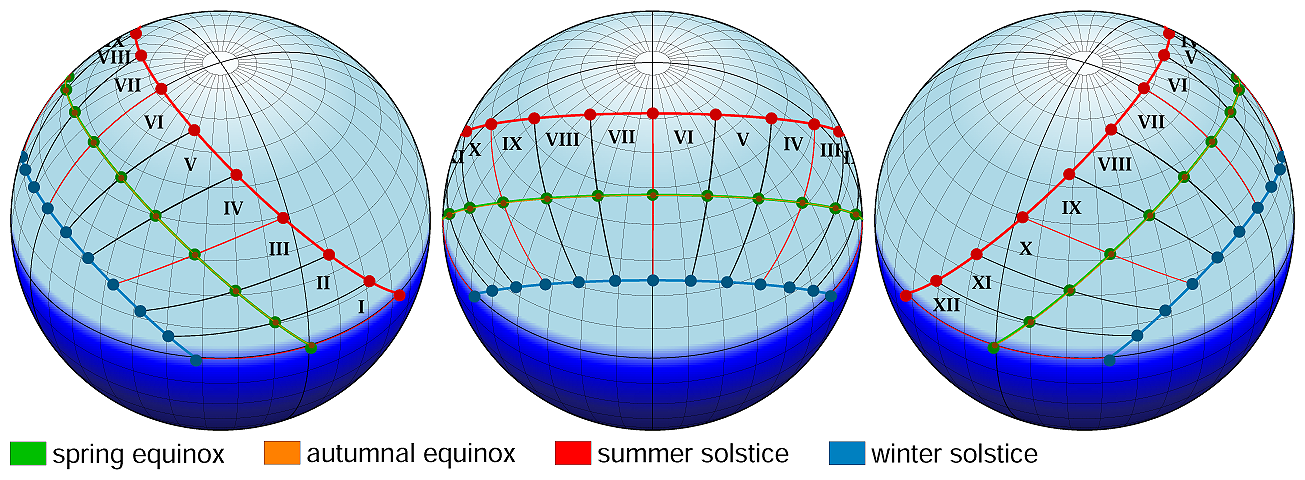
The story of the Newark Earthworks inspires anyone who has ever gazed at the night sky, wondering about the mysteries above. These ancient astronomers remind us that curiosity is timeless, and that great discoveries can arise from humble beginnings. Even without telescopes or computers, the Hopewell people mapped the heavens with astonishing accuracy. Their legacy is a challenge: to look beyond our limits and imagine what is possible when we work together, guided by wonder and respect for the universe.
Legacies Written in Earth
The Newark Earthworks stand as silent witnesses to an age when science, art, and spirituality were woven together. They ask us to reconsider what we think we know about ancient America—not as a land of forgotten peoples, but as a place of innovation and vision. Each mound and embankment is a message from the past: a reminder that every culture, no matter how distant, has something vital to teach about the human spirit and our relationship to the cosmos. The next time you look up at the moon, remember the ancient astronomers of the Ohio Valley—and wonder what secrets still lie beneath our feet.

